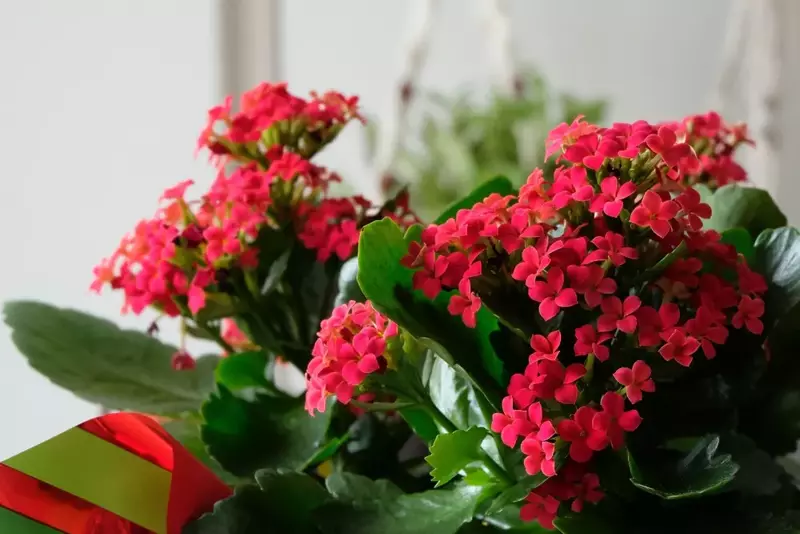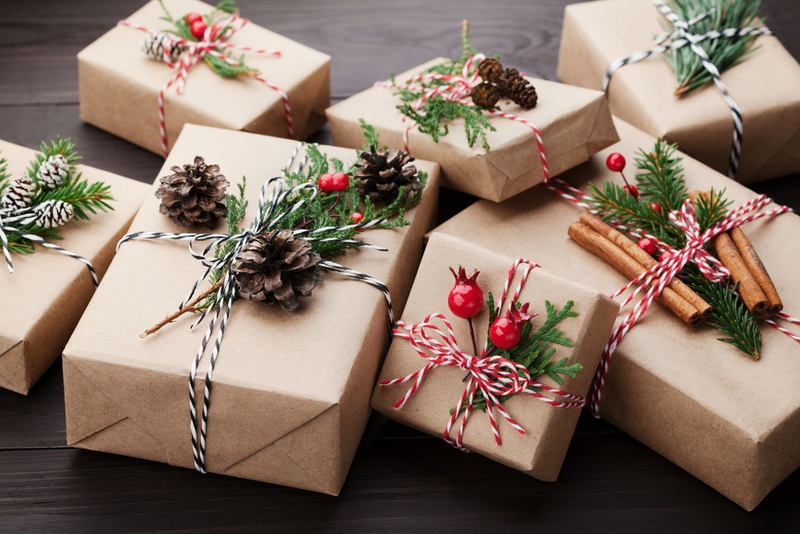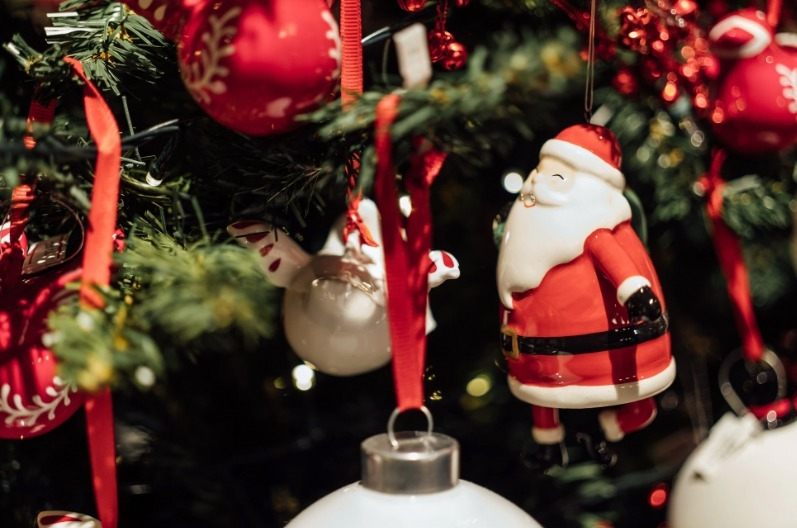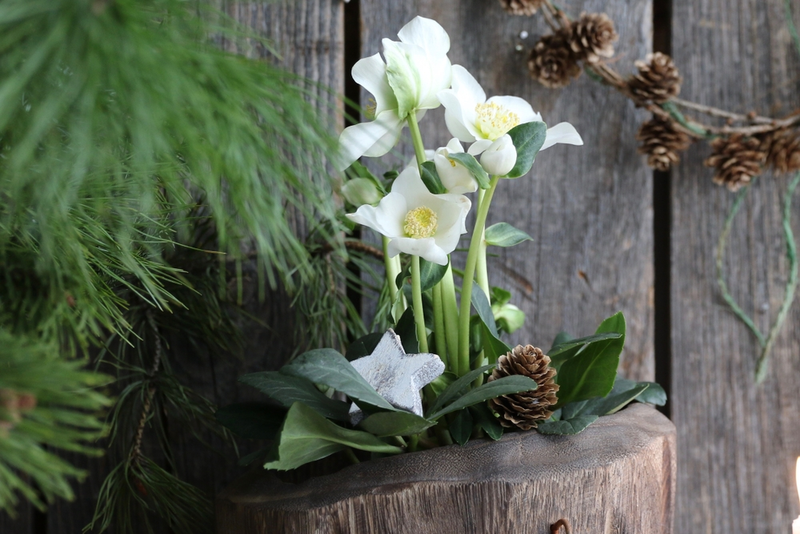
The holiday season is finally here! Have you finished your Christmas shopping list already? Don’t forget to look out for stunning Christmas flowering houseplants, too. They will brighten your Christmas interior and add a little nature to your Christmas decoration. Flowering plants make superb Christmas decorations, filling our homes with colour and reminding us that spring is not far away. Here’s how to care for five of our favourite Christmas plants.
1. Poinsettia
Poinsettia (Euphorbia pulcherrima) are the classic Christmas plants with deep green leaves and huge crimson flowers. The secret to keeping a poinsettia healthy over Christmas is never to let it get cold. Choose a healthy-looking plant, keep it wrapped up in its plastic sleeve until you get it home, then place it in bright, but indirect light, at a minimum temperature of 15°C, well away from droughts. Water sparingly and mist regularly. Wear gloves when working with poinsettias, as their sap is a skin irritant.
2. Christmas Cactus
Christmas cacti (Schlumbergera) look good all year with their long draping segmented stems, but they're at their best at Christmas when their vibrantly coloured flowers appear. They like a warm, bright position out of direct light, and being succulents, they don't need too much water – let the compost dry out between watering. After they've flowered, move them into a cool room to rest for around two months, watering sparingly, then moving back into the warmth. Repeat this process in September. These rest periods allow the plant to develop new flower buds for Christmas.
3. Kalanchoe
Kalanchoes produce clusters of vivid little flowers that stand out beautifully against the dark waxy green leaves. These succulents are very easy to care for. Put them where they will get bright, indirect light, and keep them at a temperature above 10 °C at night and 15-20°C during the day. Use a well-drained potting mix, and don't overwater, as this can cause root rot. Allow the compost to dry out between watering and deadhead faded flowers.
4. Hyacinths
Growing forced hyacinths indoors for Christmas lets you enjoy their beautiful fragrance and colourful flowers months ahead of schedule. Look for bulbs prepared for indoor planting (it'll be marked on the packet labels), and once you've planted and watered them, leave the pots somewhere cool and dark for six weeks, watering when the compost is dry. Once they start to grow, move them into the light.
5. Cyclamen
With their shocking pink or snowy white sculpted flowers and their gorgeous silver-marbled leaves, cyclamens make beautiful houseplants. They are naturally shade-loving, so keep them out of direct light, or they will go into summer mode, dropping their flowers and dying back to the corms. Water cyclamens from below, leaving the pots to stand in a saucer of water until the compost is wet, then removing them and allowing them to drain. Feed three or four times a year with houseplant fertilizer. When they die back, place them somewhere cool and dry and water sparingly until they start to grow again.
Fill your home with colour this Christmas with a flowering houseplant from our fantastic range. Visit us today to find the perfect plant for you!




